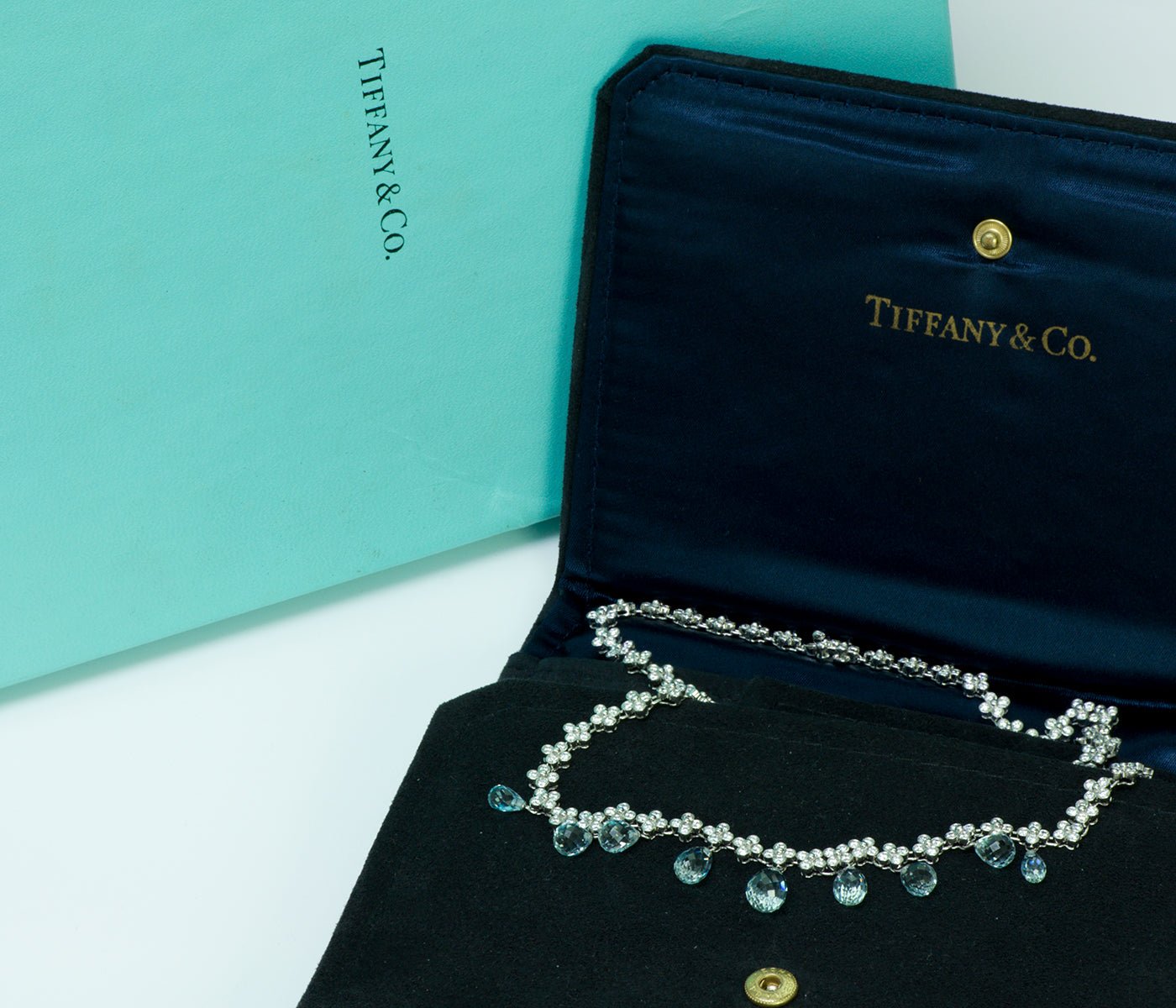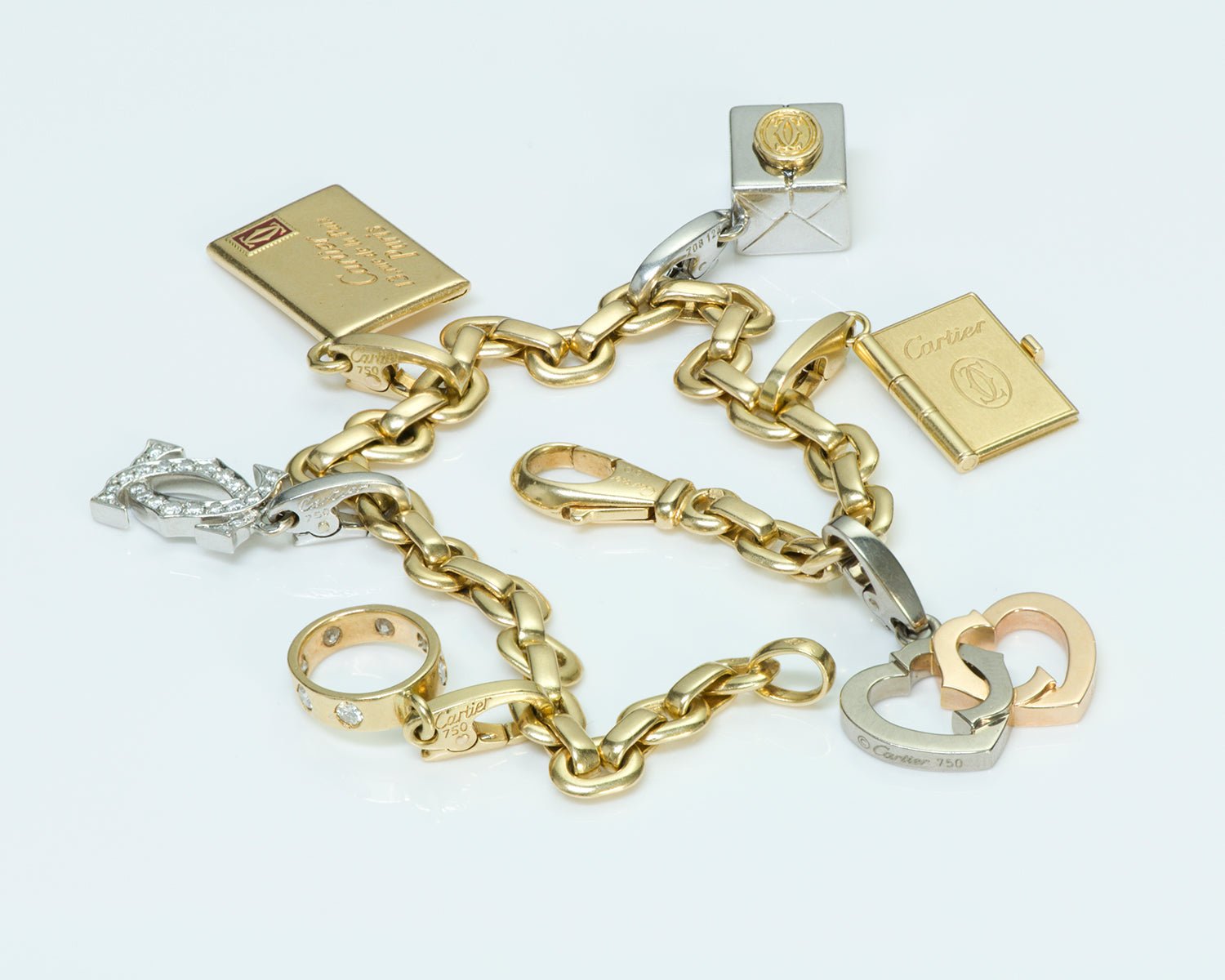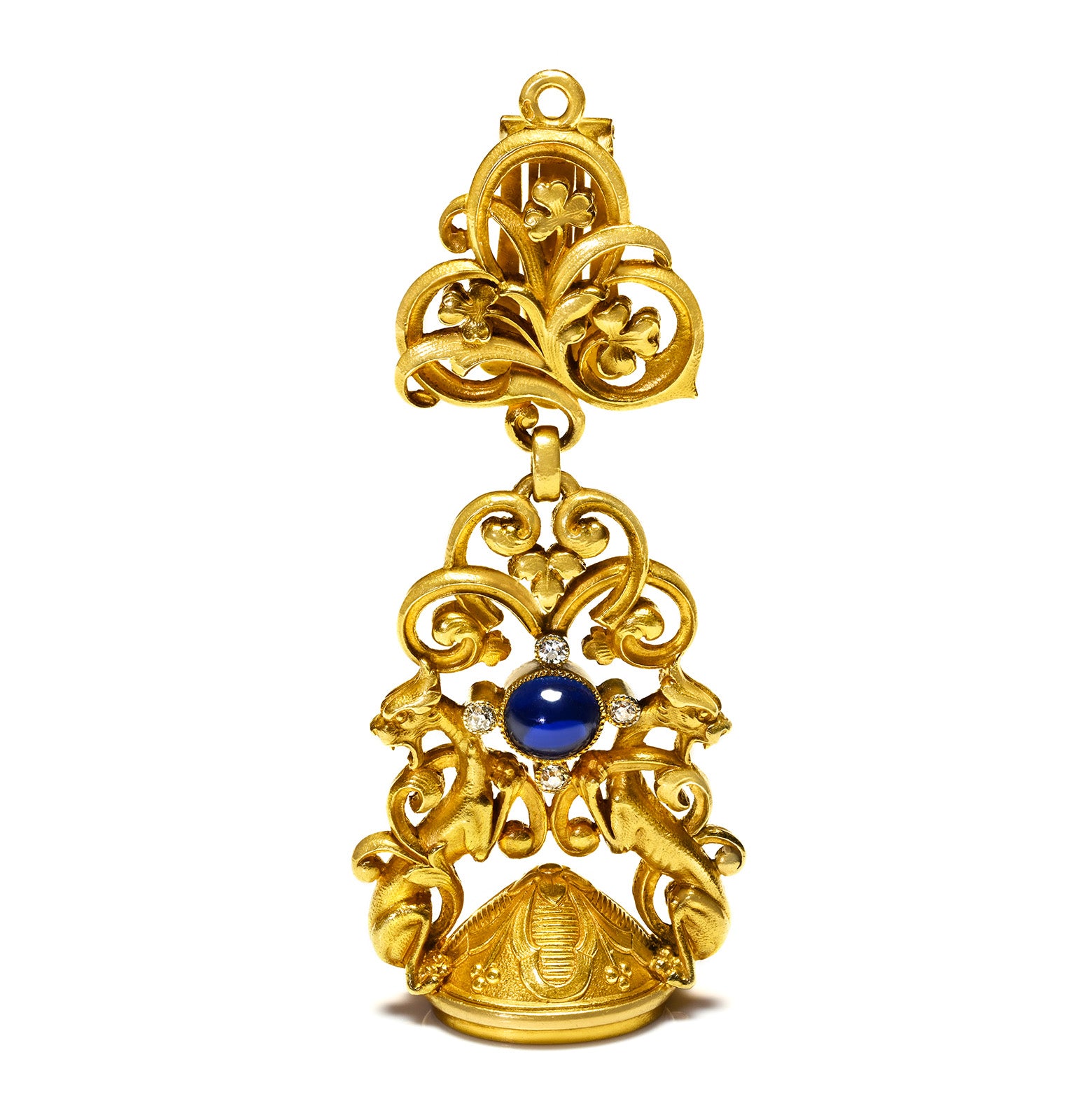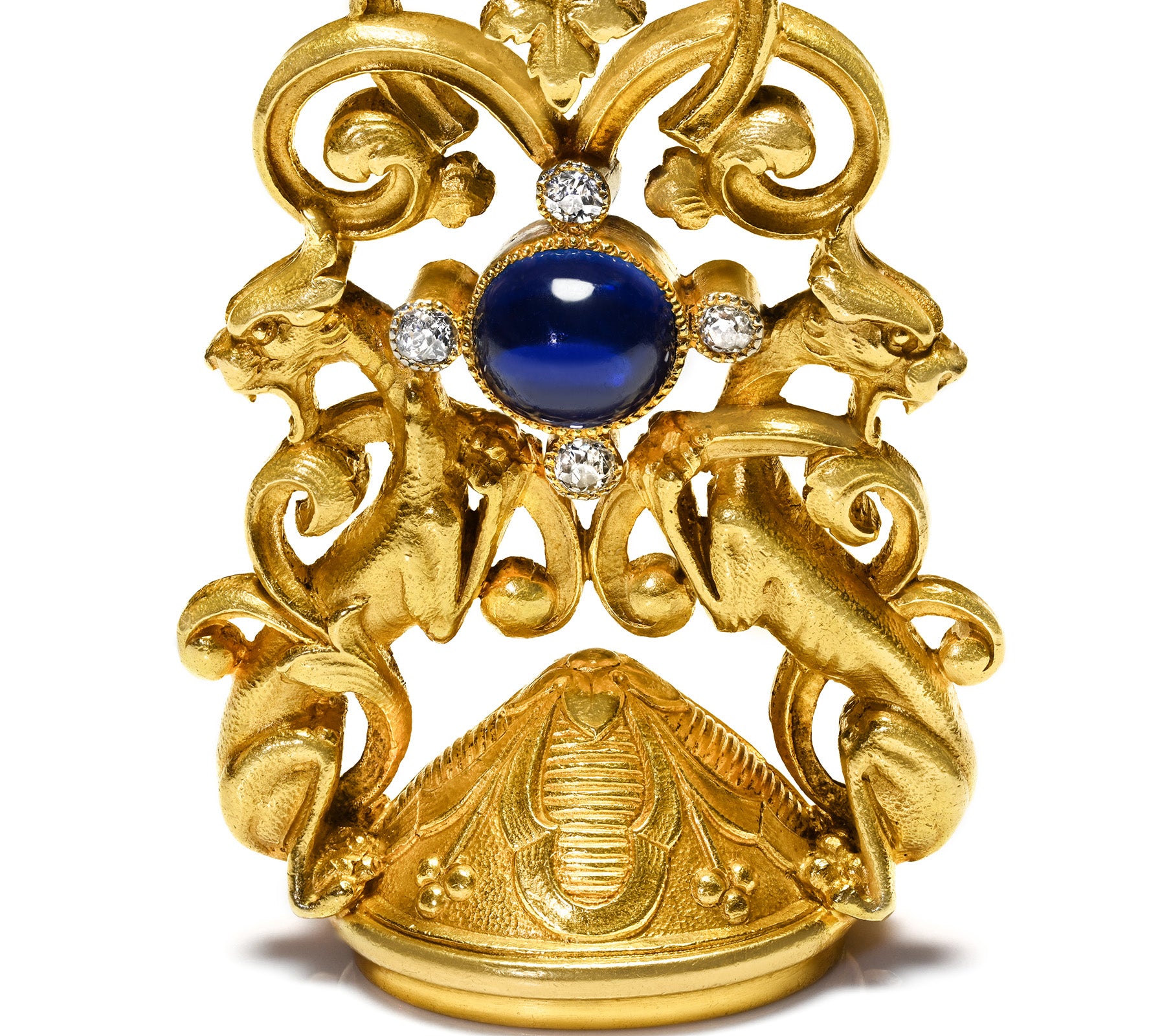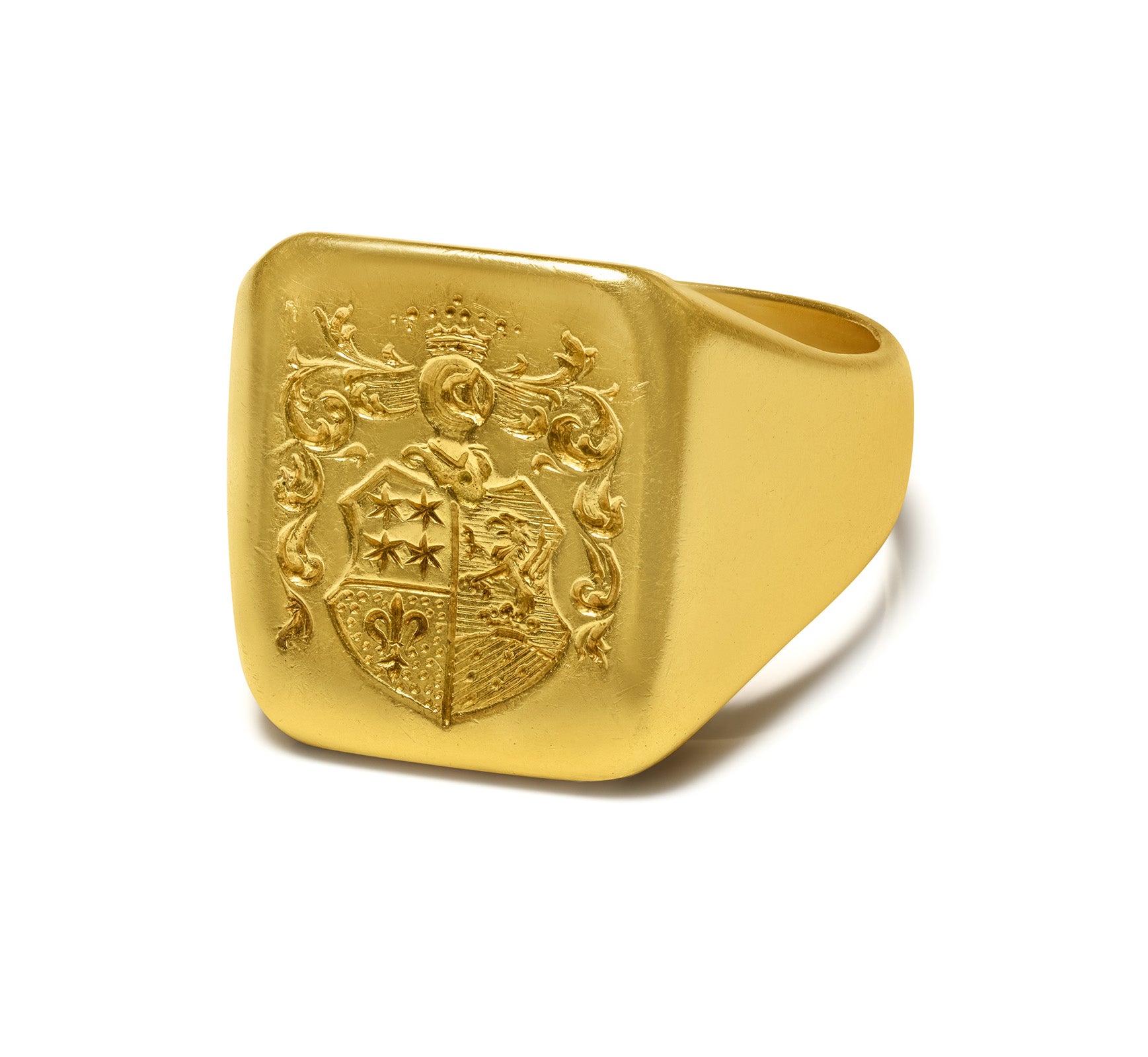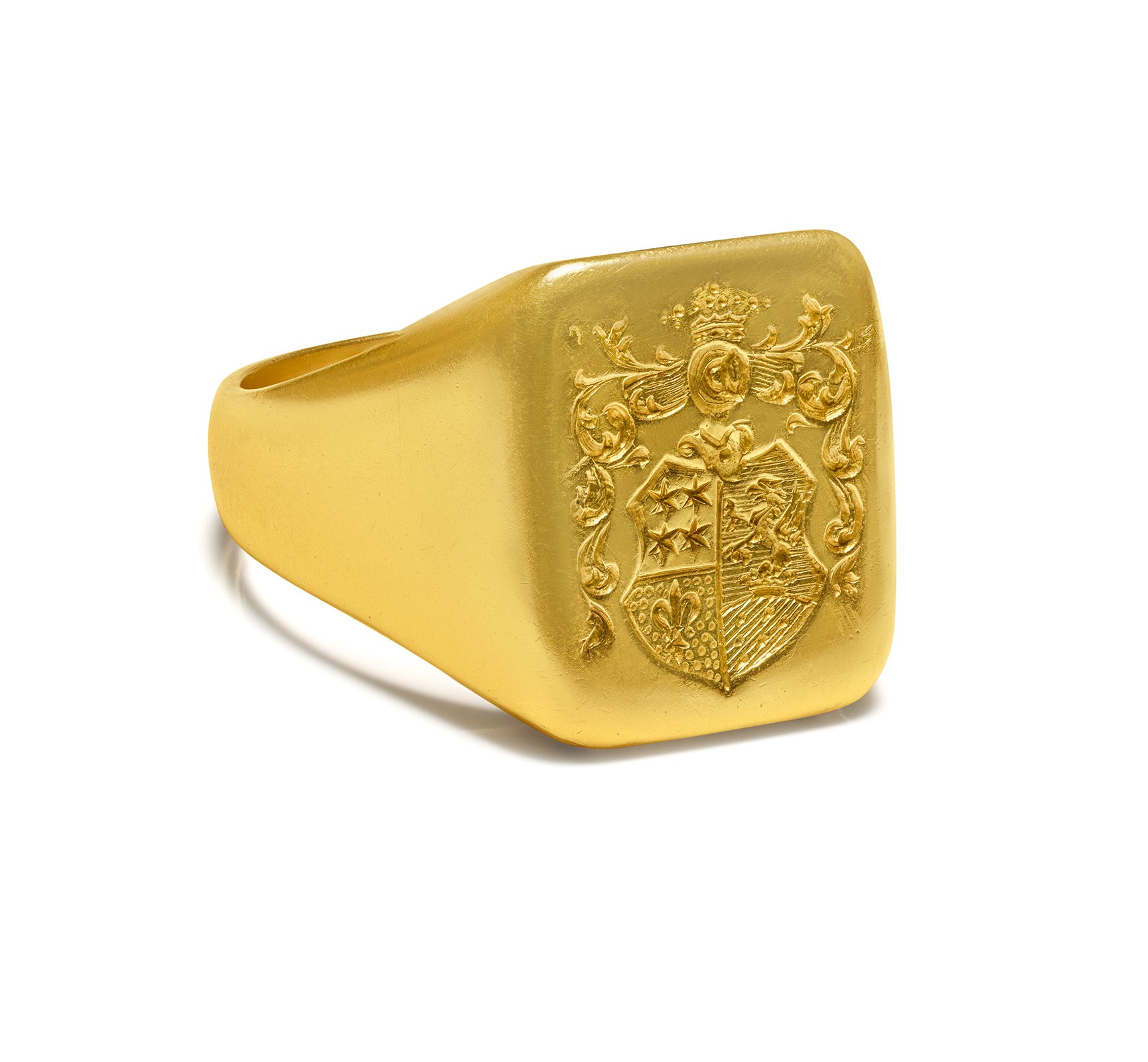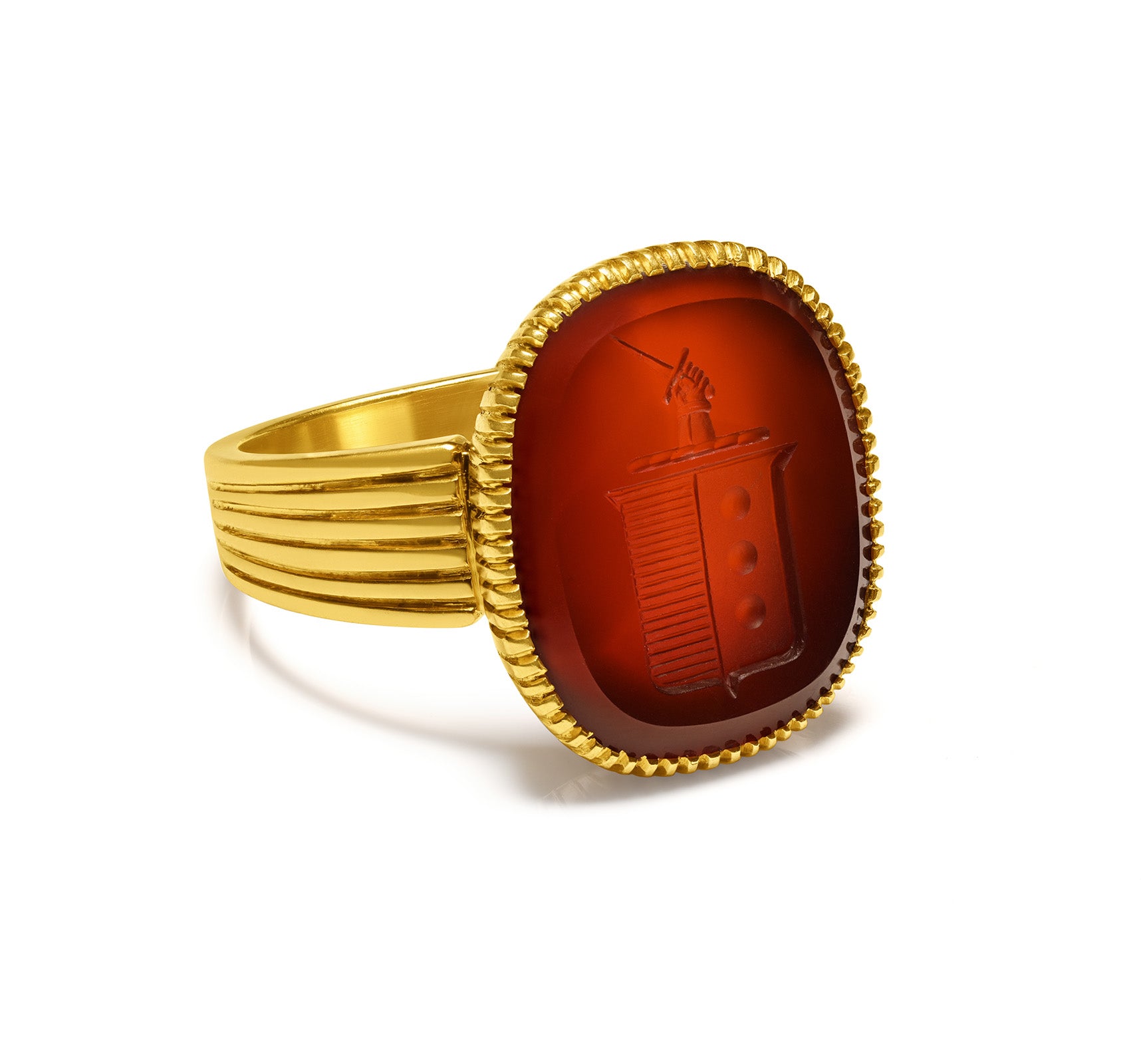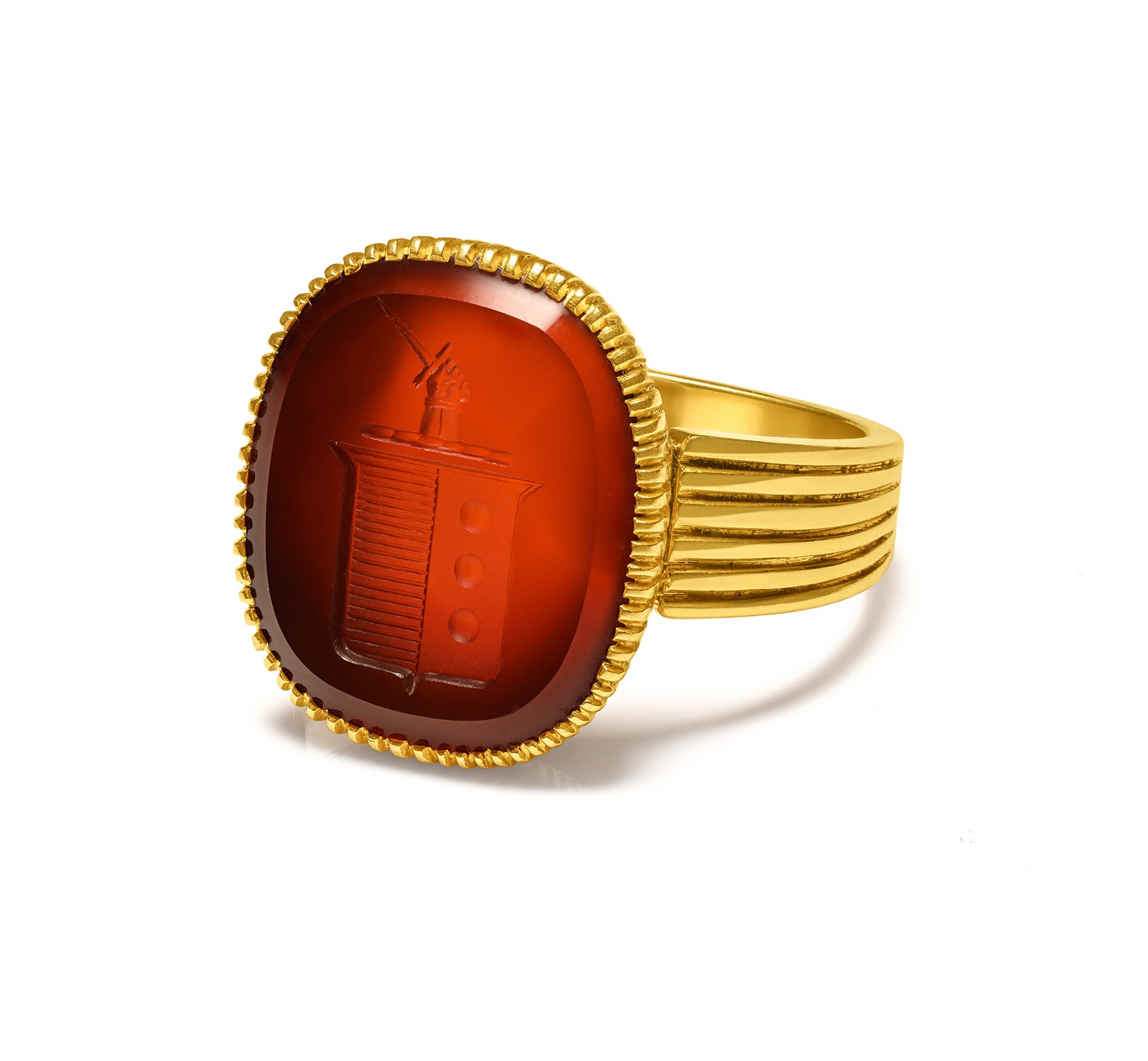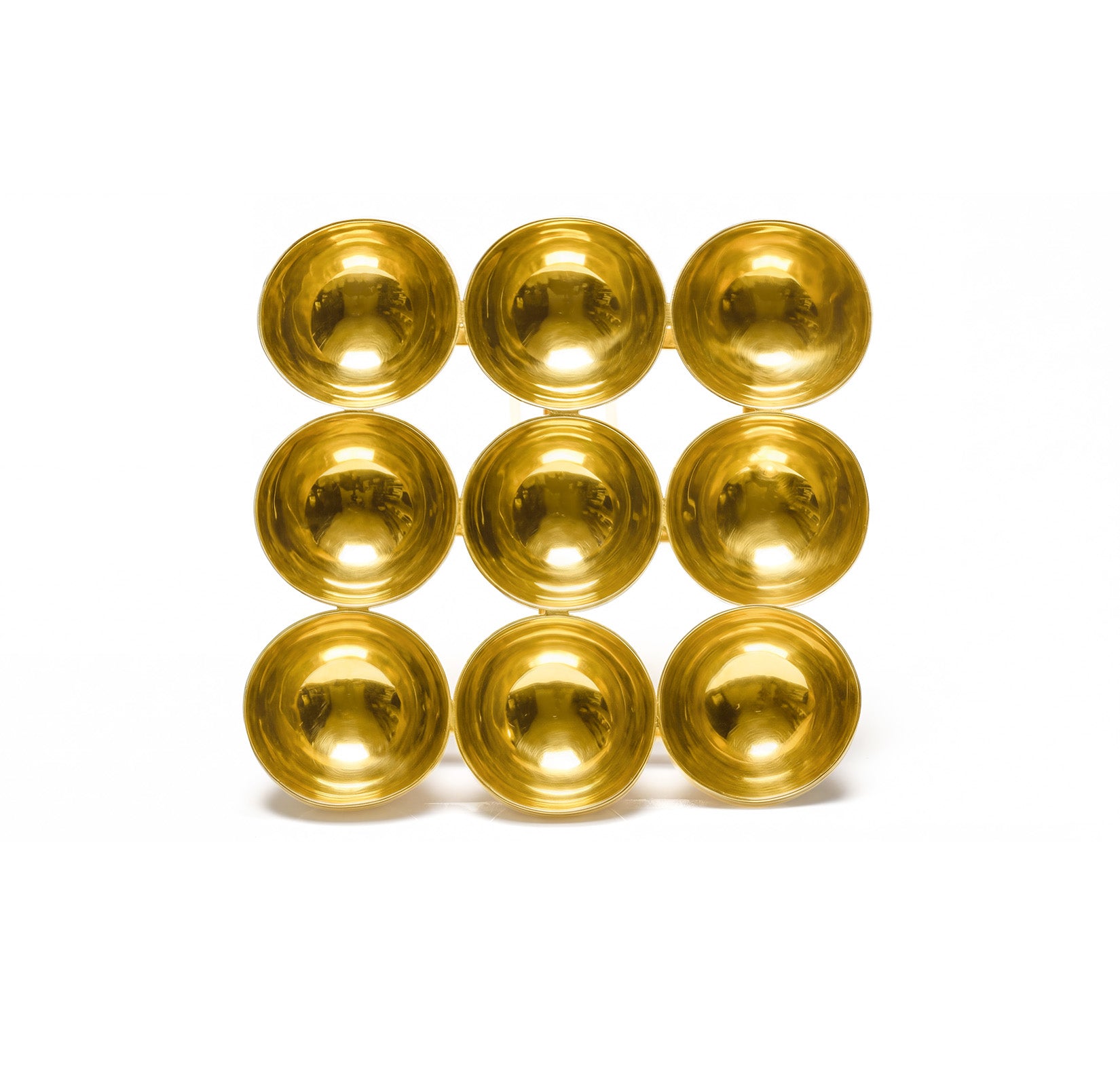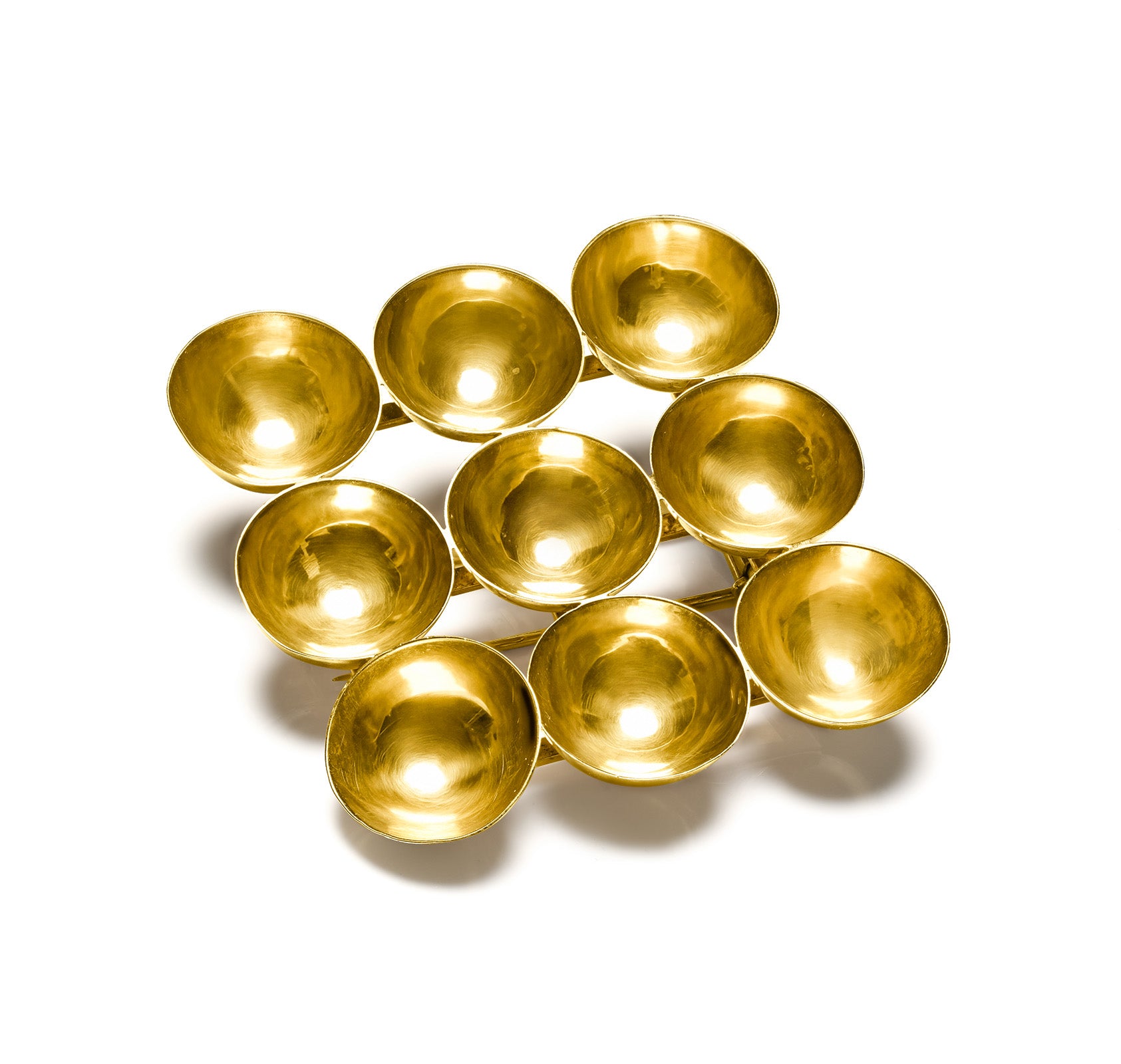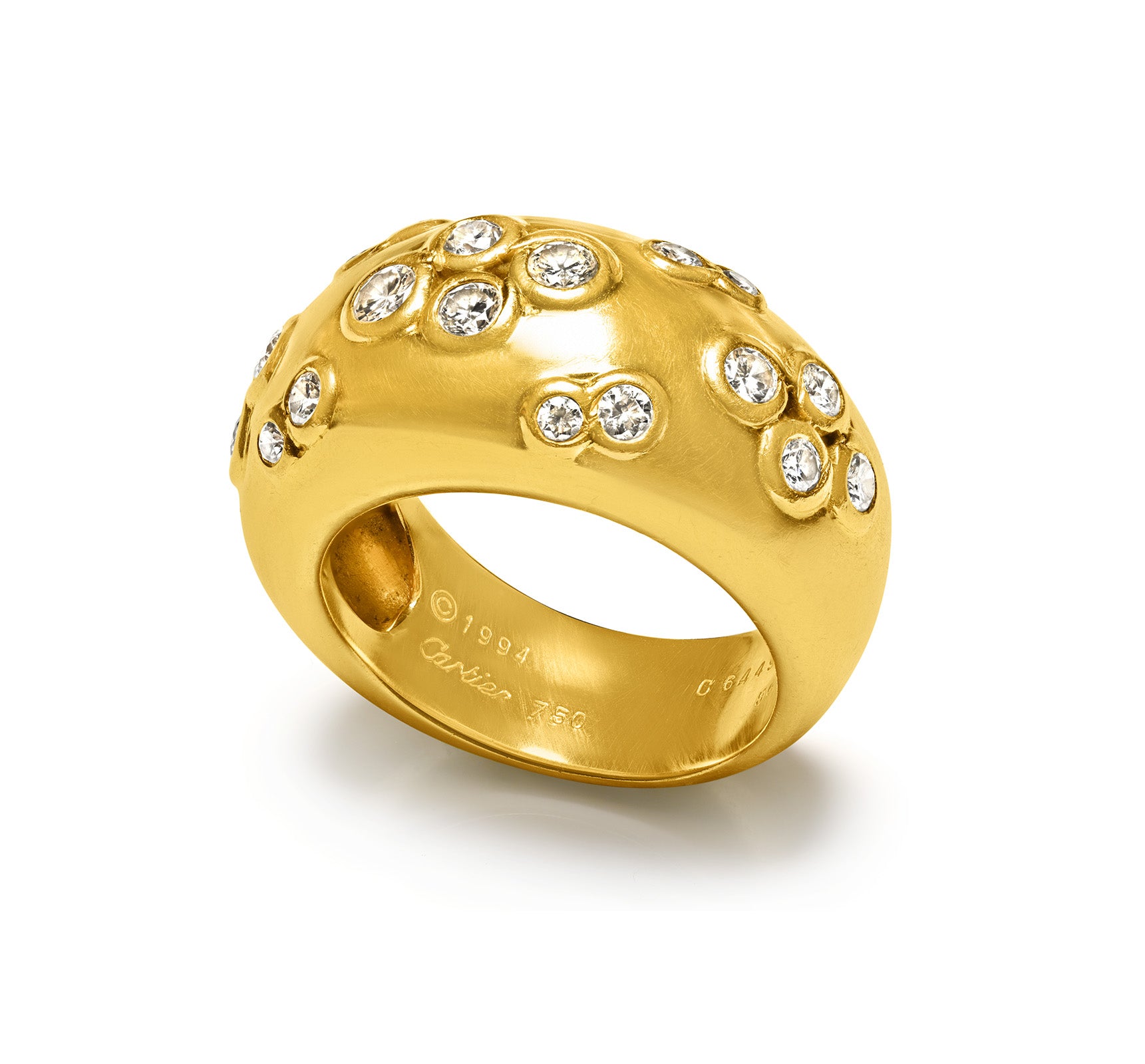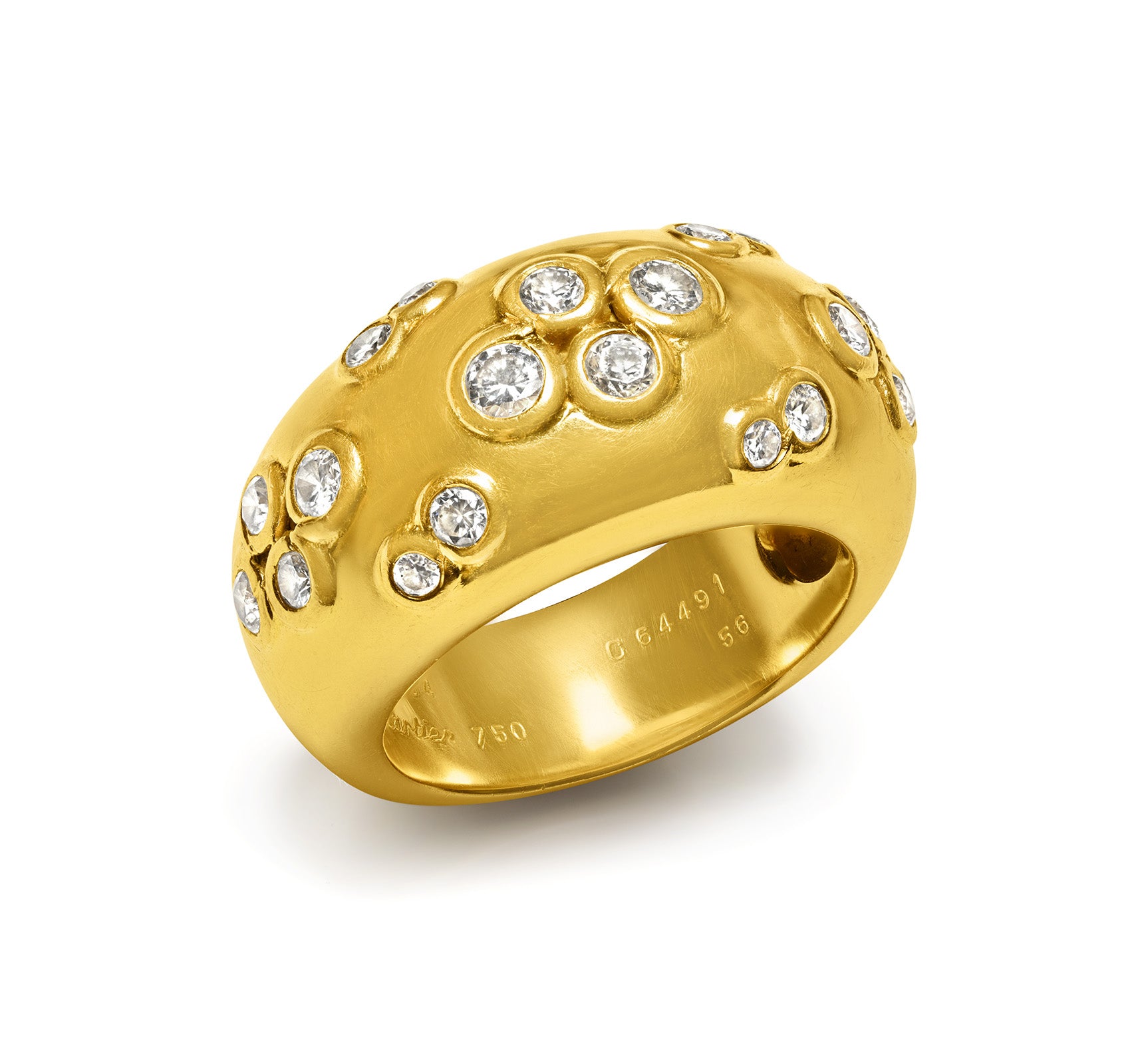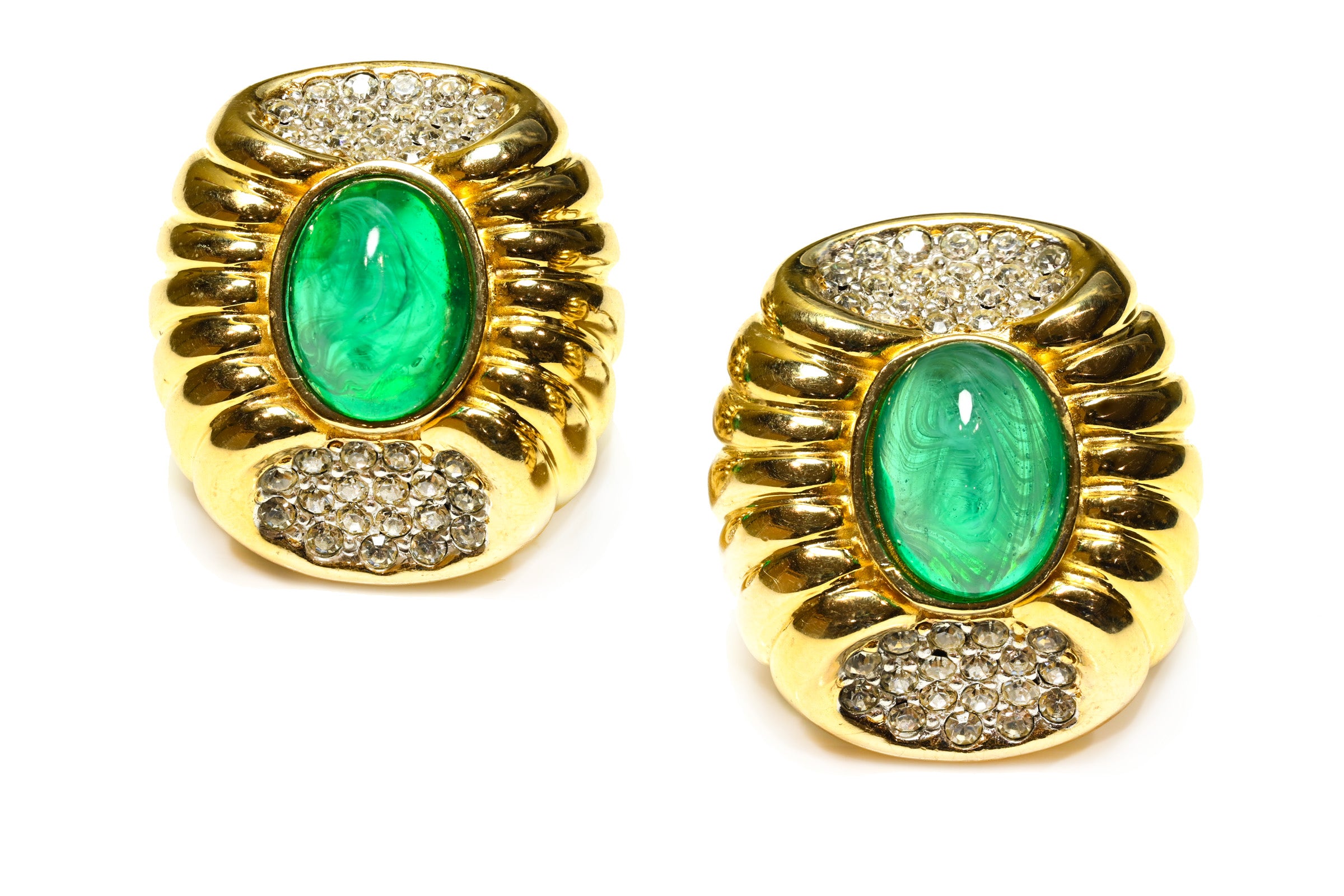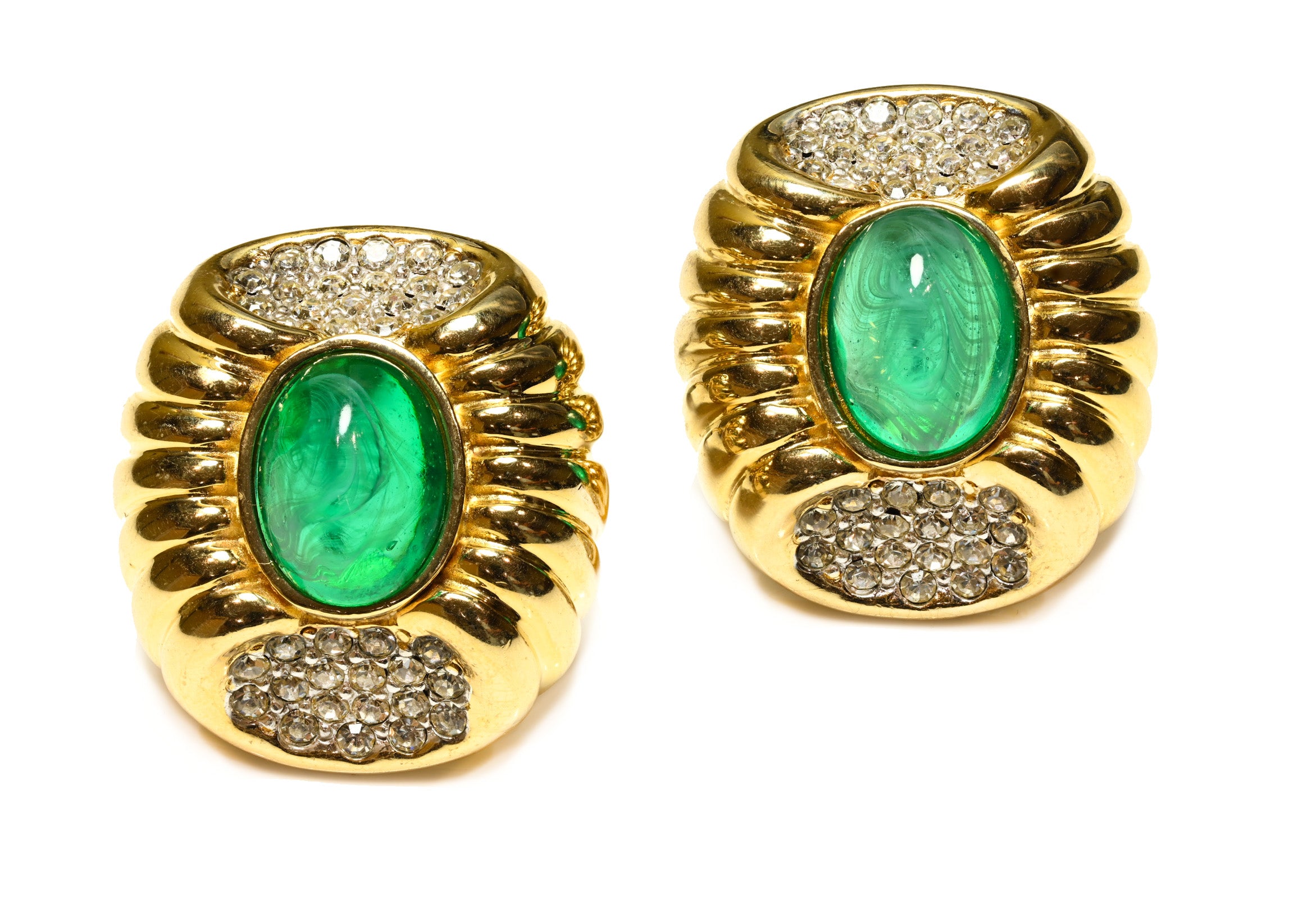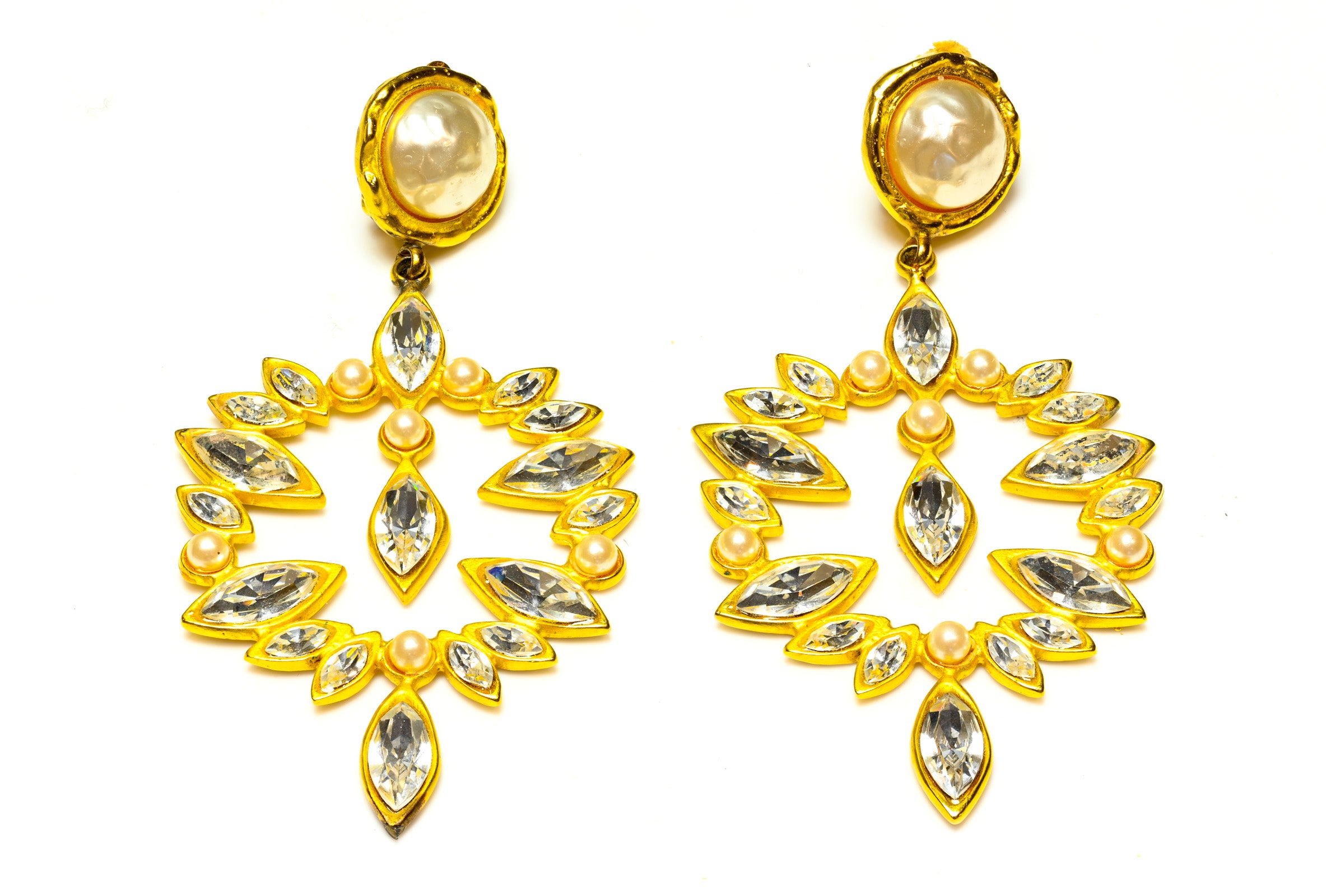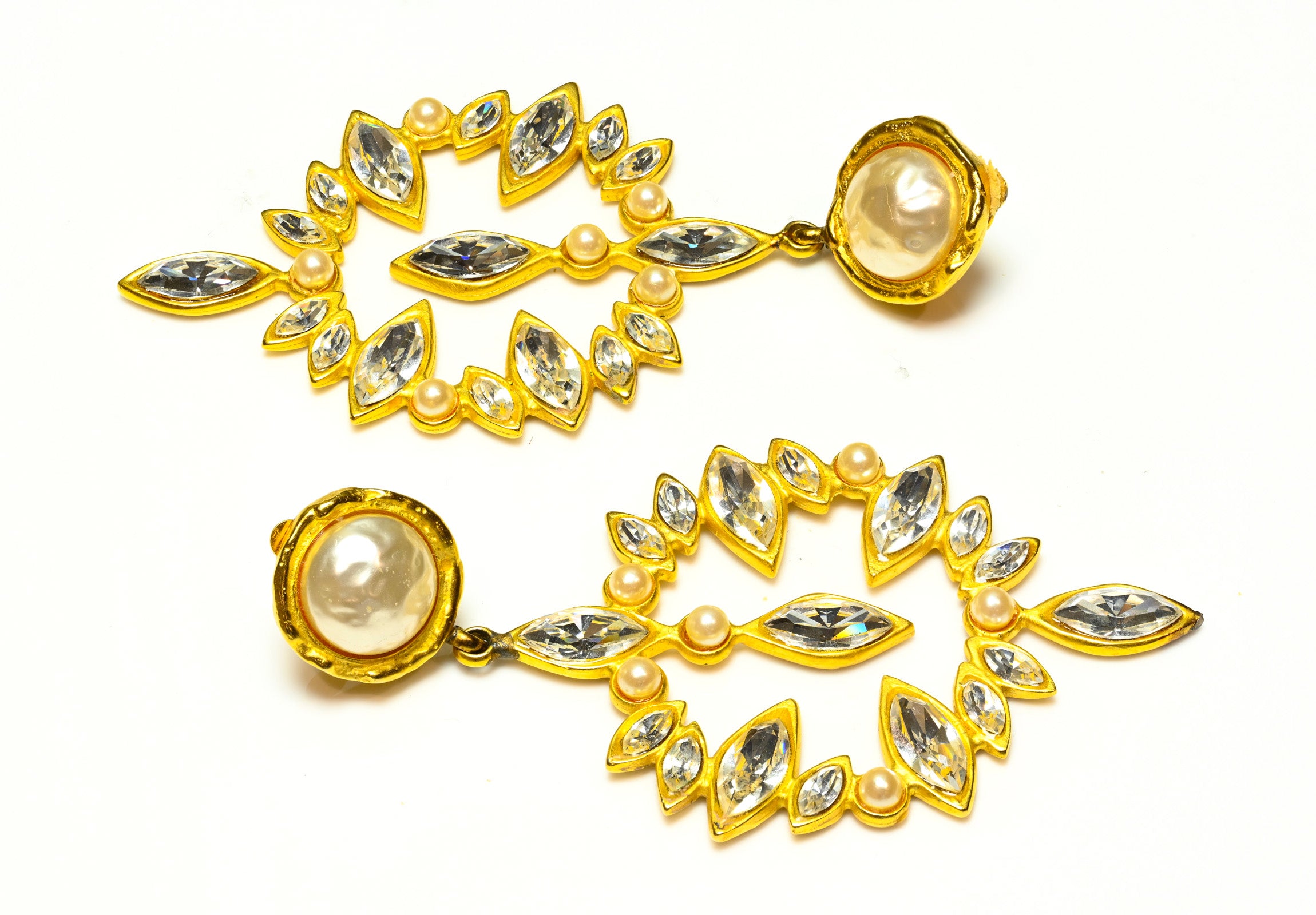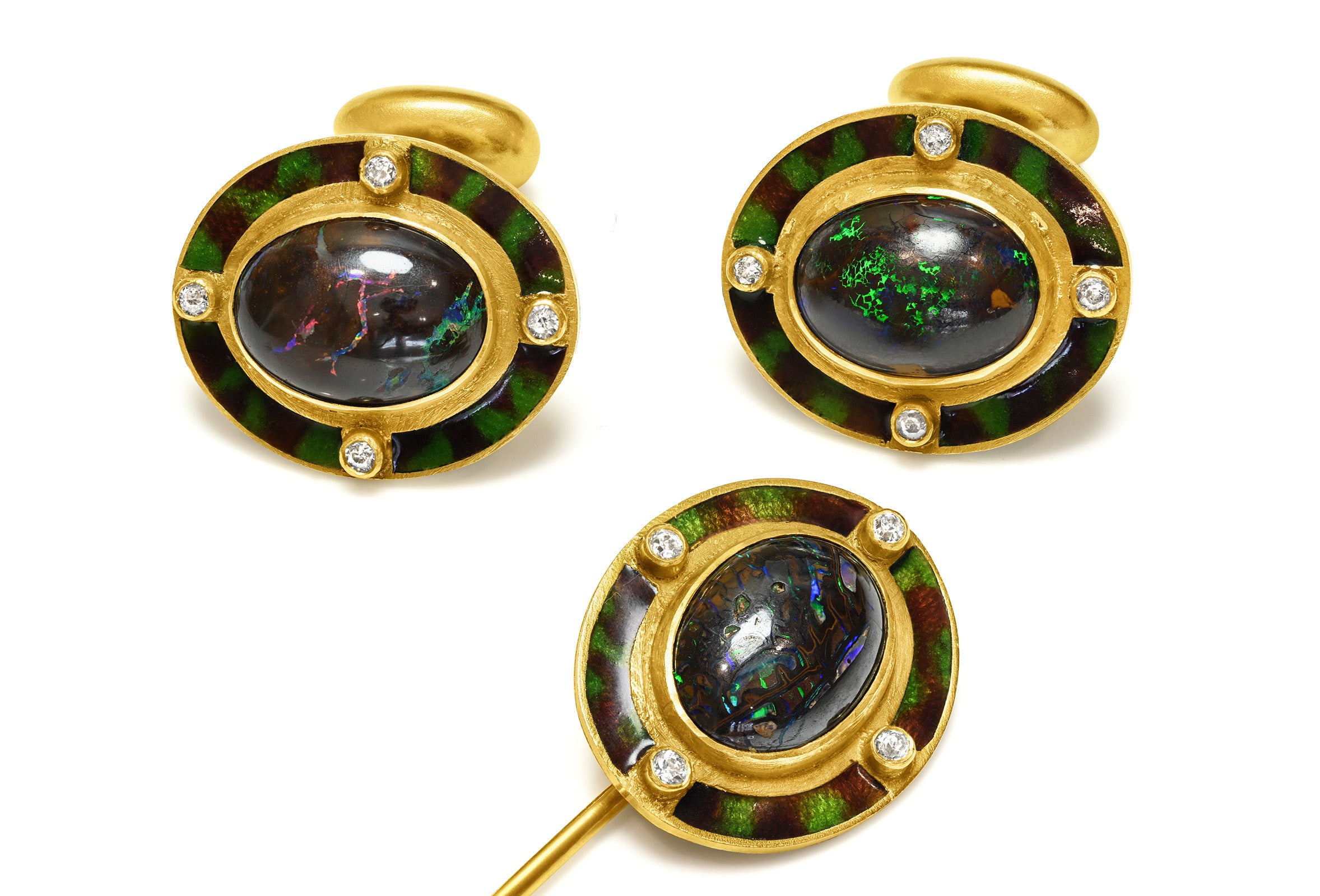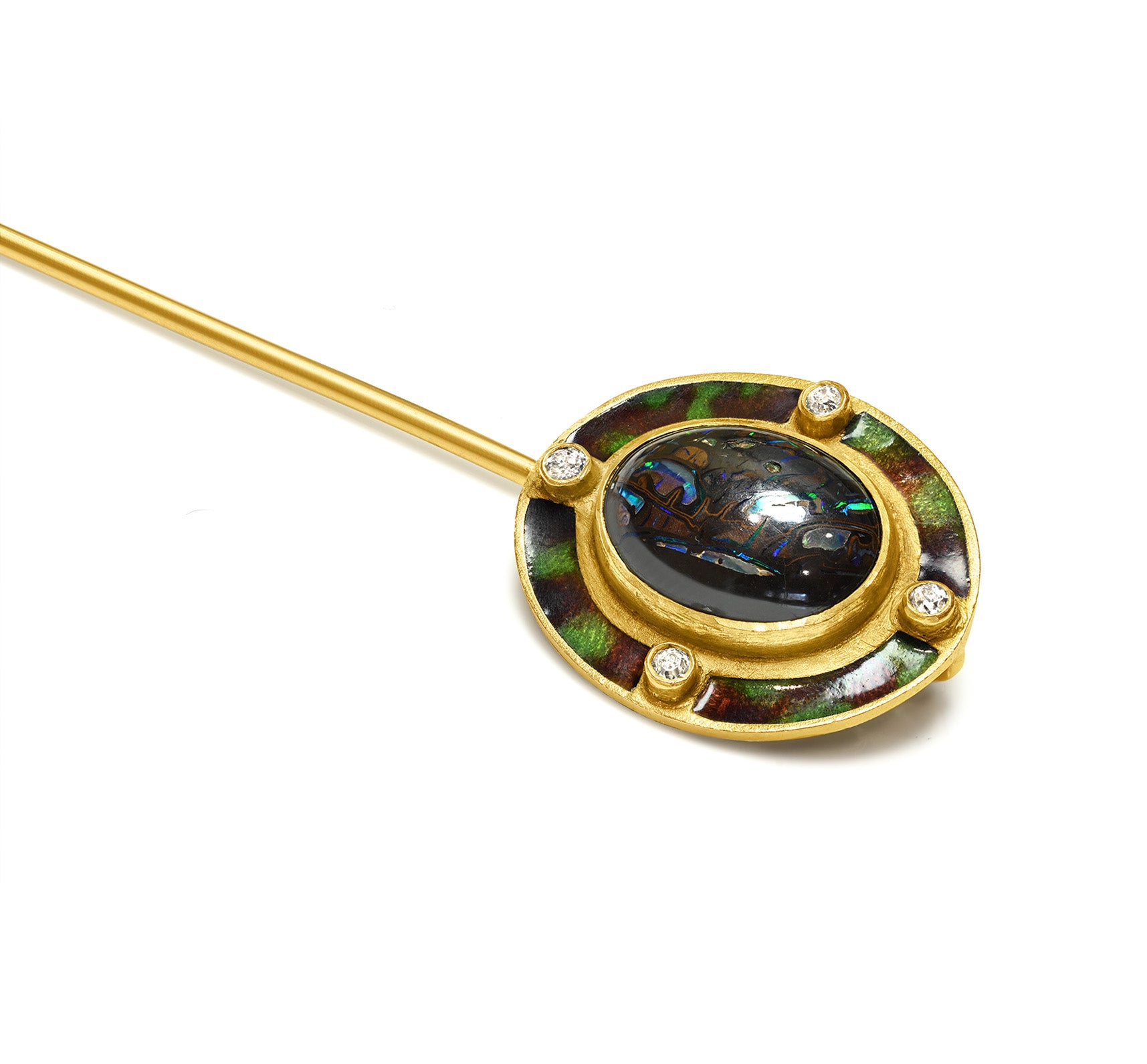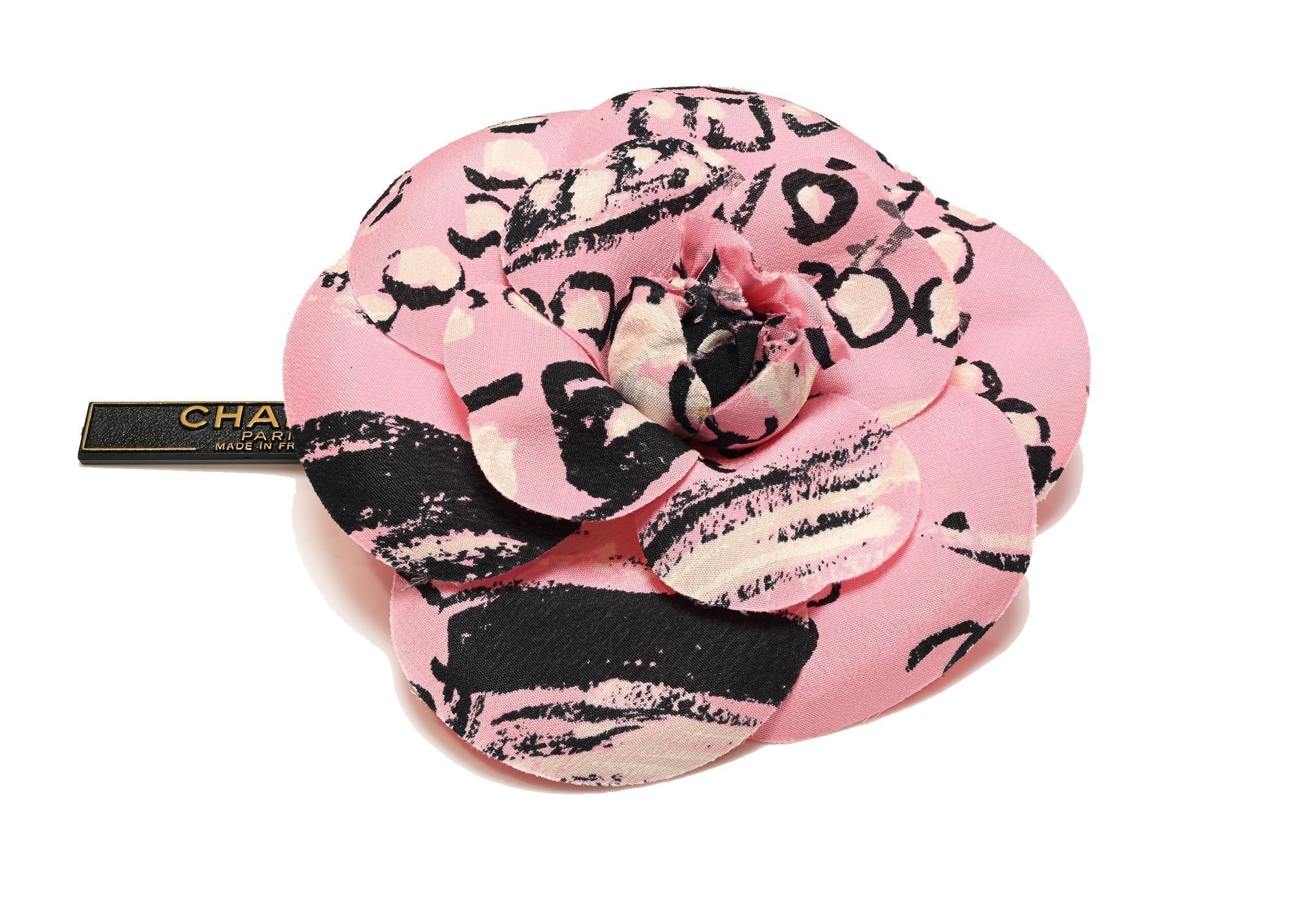
Coco Chanel and the Camellia: A Fashion and Jewelry Icon
There are few flowers as closely associated with a fashion house as the camellia is with Chanel. More than a floral motif, it has become a universal emblem of refinement, elegance, and timeless beauty. From Chanel jewelry and couture dresses to handbags and accessories, the camellia appears throughout the brand’s history as a recurring theme, one that continues to fascinate collectors and fashion enthusiasts alike.
But what exactly drew Coco Chanel to this flower? Over the years, speculation has given rise to multiple explanations. Some say she loved it because the flower has no scent and therefore never competed with her iconic fragrance, Chanel No. 5. Others believe her fascination began after reading Alexandre Dumas’ 1848 novel La Dame aux Camélias, in which the heroine, Marguerite Gautier, wore a white camellia as a sign of purity. Whatever the inspiration, the camellia grew to become more than just a favorite bloom—it became a symbol of Chanel’s design philosophy.
The Symbolism of the Camellia
The camellia’s meaning and cultural resonance extend far beyond Chanel.
-
In Korea, the camellia symbolizes longevity, purity, and faithfulness. This is why it remains a popular choice at weddings, representing enduring love.
-
In Europe, men traditionally wore camellias pinned to their lapels as a subtle mark of refinement, style, and sometimes ambiguity.
-
In Victorian symbolism, the camellia came to represent admiration and perfection, thanks to its perfect symmetry.
It is perhaps this balance and timelessness—a beauty neither fragile nor ostentatious—that drew Coco Chanel to the flower. Unlike roses or lilies, the camellia has a quiet, understated elegance. It does not wither quickly and retains its form and harmony, reflecting Chanel’s own preference for designs that were clean, functional, and enduring.
Early Encounters: A Lasting Impression
Gabrielle “Coco” Chanel’s connection with the camellia began in her youth. At 13, she witnessed the famous actress Sarah Bernhardt perform in The Lady of the Camellias, an adaptation of Dumas’ novel. The experience made a profound impression on her, shaping her fascination with both theater and the symbolism of the flower.
Years later, in 1913, when she opened her first boutique in Deauville, Chanel introduced the camellia into her designs. She paired the flower with pearls and relaxed silhouettes in women’s beachwear, challenging the rigid fashion norms of the time. In 1923, the camellia appeared pinned to her chiffon dresses, signaling its place as a recurring motif. From then on, the flower became a signature element of her collections.
The Camellia in Chanel’s Design Philosophy
For Coco Chanel, the camellia was not simply an ornament—it was a design principle. She appreciated its geometric perfection, symmetrical petals, and versatility. The flower could be used in a multitude of ways: as an accessory, embroidery, jewelry element, or even a subtle detail in fabrics.
Just as Chanel revolutionized women’s fashion by introducing trousers, jersey fabrics, and the iconic little black dress, she elevated the camellia into a modern design language. It became part of the Chanel woman’s identity: chic, confident, and unbound by unnecessary extravagance.

Jewel-like Buttons and Tailoring Details
Coco Chanel’s use of camellias extended beyond accessories. In the 1950s, she introduced her now-iconic tailored jackets, inspired by Austrian men’s hunting coats. To ensure comfort and elegance, she even measured her clients with their arms crossed to guarantee freedom of movement.
These jackets were distinguished by their jewel-like buttons, often adorned with motifs such as:
-
The camellia
-
Chanel’s double C logo
-
The lion’s head, a nod to her astrological sign, Leo
To this day, a delicate chain is still sewn into the hem of every Chanel jacket to ensure the perfect fall—just as Chanel herself designed it nearly 70 years ago. In this way, the camellia became not only a decorative motif but also a house code interwoven with the very structure of Chanel’s most iconic pieces.
Maison Lemarié: Masters of Flowers and Feathers
When Coco Chanel envisioned camellias in her designs, she turned to Maison Lemarié, the legendary Parisian atelier specializing in fabric flowers and feathers.
-
Founded in 1880, Lemarié built a reputation for delicate feather work.
-
By 1946, they had expanded into creating exquisite artificial flowers.
Their artisans crafted camellias from materials such as silk, velvet, tweed, and leather, using meticulous hand techniques that could involve up to 25 petals for a single bloom. Each flower required hours of labor and represented the intersection of haute couture craftsmanship and artistic imagination.
Lemarié’s relationship with Chanel remains strong to this day, ensuring that every camellia used in Chanel couture maintains the same level of artistry Mademoiselle Chanel herself demanded.
The Camellia in Chanel Jewelry
If pearls are the heartbeat of Chanel jewelry, the camellia is its soul.
Chanel’s jewelers transformed the flower into countless variations across rings, earrings, necklaces, brooches, bracelets, and watches. The camellia could be:
-
Cast in 18K gold and adorned with diamonds
-
Molded in enamel for bold, colorful interpretations
-
Recreated in Gripoix glass, a favorite material for Chanel costume jewelry
-
Set in pearls and crystals, echoing Coco’s lifelong love for pearls
One of the most striking aspects of Chanel’s camellia jewelry is its versatility. It can appear in delicate, minimalist forms or in large, statement-making designs meant to be worn as conversation pieces. This adaptability reflects Chanel’s own belief that jewelry should be both practical and powerful, capable of elevating any outfit.
The Flower That Blooms Ahead of Its Time
The camellia is known to bloom in winter, often appearing a season ahead of other flowers. This curious trait mirrors the rhythm of the fashion world, which must always design collections a season ahead. Chanel herself found this poetic parallel fitting: the camellia was not only timeless but also prophetic, blooming ahead of its peers just as her designs anticipated the needs of modern women.
The Camellia in Contemporary Chanel
Today, the camellia continues to inspire Chanel’s creative directors. Under Karl Lagerfeld, it became a recurring motif in runway shows, embroidered on dresses, engraved into buttons, and reimagined as fine jewelry pieces. Virginie Viard, Chanel’s current creative director, continues to honor the flower while bringing her own interpretations to the collections.
Modern interpretations of the camellia appear as:
-
Silk brooches pinned on tweed jackets
-
Diamond pavé earrings in the shape of blooming camellias
-
Gold rings and bracelets featuring sculpted petals
-
Engraved watch dials
-
Leather appliqués on handbags and belts
-
And, of course, as embellishments on the famous Chanel strands of pearls
Each new design reaffirms the flower’s place at the heart of Chanel’s DNA.
Why Collectors Prize Camellia Jewelry
Collectors and fashion historians view Chanel camellia jewelry as more than just accessories—they see it as pieces of cultural history. Each camellia creation is a reflection of:
-
Coco Chanel’s legacy – Her personal love for the flower.
-
Haute couture craftsmanship – The meticulous work of Lemarié and Chanel’s jewelers.
-
Enduring symbolism – A universal emblem of love, purity, and timeless beauty.
Authentic vintage Chanel jewelry featuring camellias has become highly sought after in today’s market. Collectors turn to trusted dealers such as DSF Antique Jewelry, where genuine Chanel camellia pieces are curated with expertise and care.
A Bloom Without End
The camellia is far more than just Coco Chanel’s favorite flower. It embodies her design philosophy, her vision of elegance, and her desire to create beauty that transcends time. Just as the camellia blooms in winter, defying the seasons, Chanel’s designs defied conventions and remain relevant decades later.
Whether it appears on a jacket button, a silk brooch, a pearl necklace, or a dazzling gold and diamond ring, the camellia remains the most enduring symbol of the House of Chanel.
For admirers, wearing Chanel camellia jewelry is not just about fashion—it is about carrying a piece of history, art, and symbolism that continues to inspire the world.




